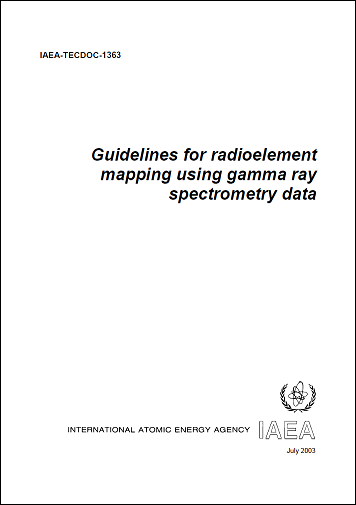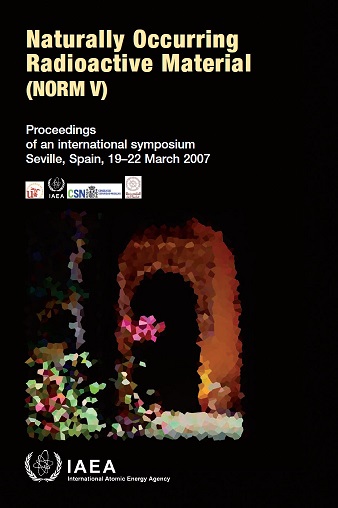3.1 Naturally occurring radioactive material (NORM) contaminants
Terrestrial radiation results from the primordial radionuclides in rocks that were distributed during the differentiation of the Earth crust. The most significant natural sources of radiation are, 238U and 235U, 232Th and their decay products and 40K.
All minerals and raw materials contain radionuclides of natural origin. For most human activities involving the exploitation and processing of minerals and raw materials, the levels of exposure to these radionuclides are not of radiologic concern. However, specific activities can give rise to significantly enhanced exposures that will require to be controlled under appropriate regulatory requirements. Materials giving rise to these enhanced exposures has become known as Naturally Occurring Radioactive Material (NORM).
In the above context in recent decades regulatory attention has focused on the mining and processing of uranium ore, because such activities are aimed at producing nuclear fuel that will feed Nuclear Power Plants and therefore they intentionally separate and concentrate uranium from the ore in the production of the so called yellow-cake. Other radionuclides that are separated from uranium e.g. 226Ra and 210Pb are concentrated in milling wastes called as mining tailings. After recognizing that other ore mining and processing activities could also lead to the concentration of radionuclides in by-products, residues and wastes different countries have introduced measures to regulate exposures (graded approach) arising from a wider range of industrial operations that process natural resources, e.g. oil and gas industry, coal burning, fertilizer production, water treatment and processing of non-uranium ores.
Coal mining activities and the use of coal give rise to a concentration of naturally occurring radionuclides in coal ashes. High gamma dose rates (500 nGy/h) have been observed over coal ash heaps enriched on U up to 1,150 Bq/kg (ca 100 ppm U), and increasing 222Rn activity concentration in the atmosphere to 13-95 Bq/m3. Potassium and phosphate fertilizers can increase soil radioactivity. The oil prospection and exploitation can lead to accumulation of NORMs in mood deposits and in the scales formed in the pipes and other pieces of equipment.
 |
 |
References:
IAEA-TECDOC-1363: Guidelines for radioelement mapping using gamma ray spectrometry data, IAEA, Vienna, 2003.
Naturally Occurring Radioactive Material (NORM V). (IAEA 2008, STI/PUB/1326)